What You’ll Need
| Tools | Materials |
| Scrub brush with nylon bristles | Distilled white vinegar |
| Sponge | Baking soda |
| Bucket | Dishwashing soap |
| Mop | Tea tree oil |
| Cloths | Juice of a lemon |
| Spray bottle | Borax |
| Rubber gloves | Hydrogen peroxide |
| Safety goggles | Grapefruit seed extract |
| Chlorine bleach | |
| Estimated time | 15 minutes to 2 hours |
Mold spores are known to grow practically anywhere you can imagine. One type that is rather unsightly is black mold. Black mold spores naturally tend to grow and multiply upon exposure to humidity as well as moderate temperatures. In our living spaces, humid areas such as bathrooms and basements can be a haven for black mold. The spores may cause respiratory issues and, in severe cases, pneumonia.
Due to the health risk that this nasty fungus poses, getting rid of it as soon as possible is rather crucial. Fortunately, there are several ways you can eliminate black mold quickly and easily. Many of these methods even involve inexpensive home remedies such as using white vinegar or baking soda. Your home can essentially be mold-free in just a few simple steps.
What Is Black Mold?
The dangerous black mold that many of us know is Stachybotrys chartarum. You can most often find it in homes with long exposure to moisture. The mold produces a type of mycotoxin known as trichothecenes. Fortunately, not all black mold is as dangerous as it may seem. Common spores that you may come across in your house can be categorized into three types.
These include allergenic, pathogenic, and toxic. While you can safely get rid of allergenic mold and small colonies of pathogenic mold using household products, toxic mold and larger amounts of the pathogenic type may warrant professional treatment.
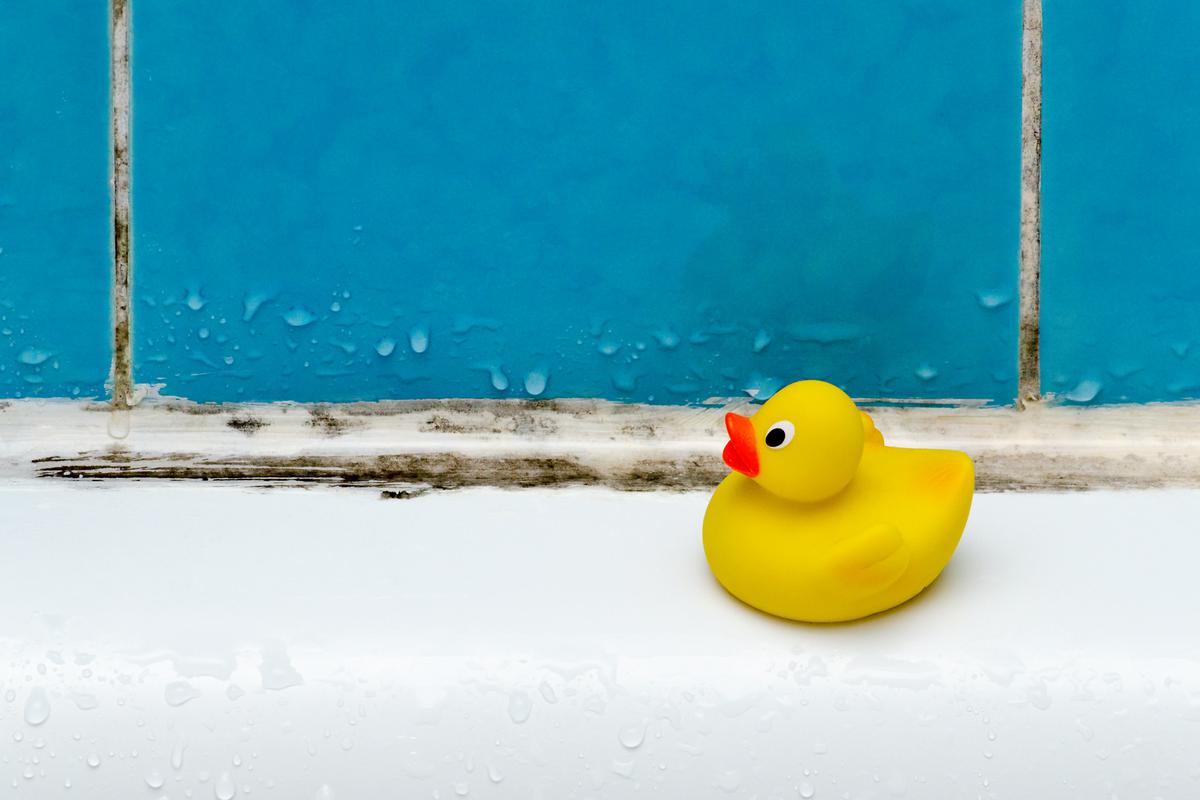
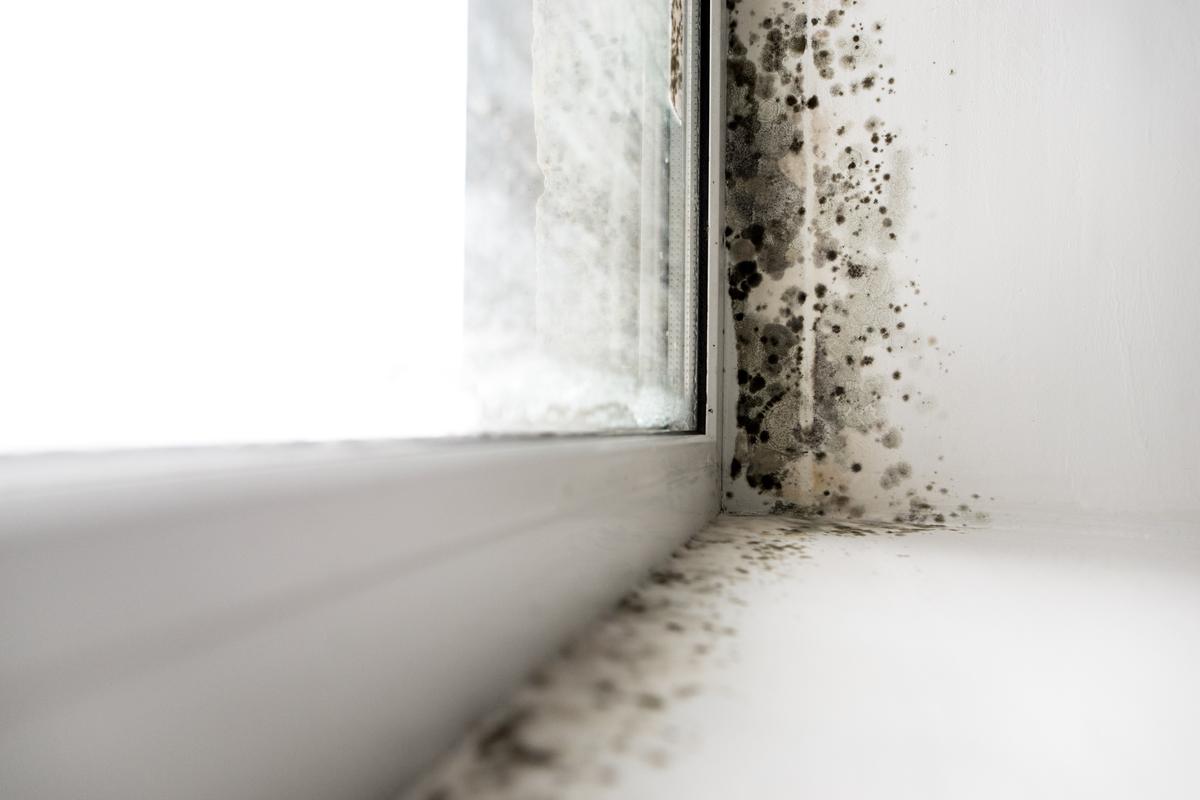

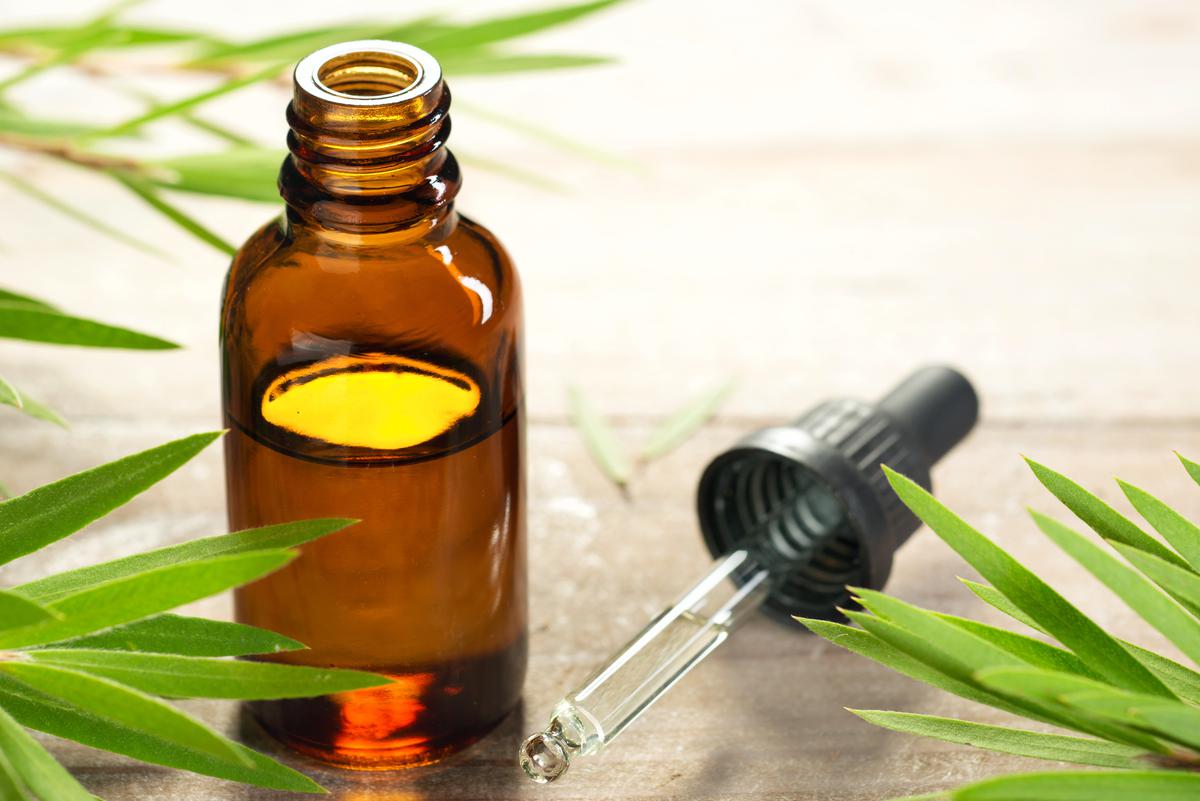


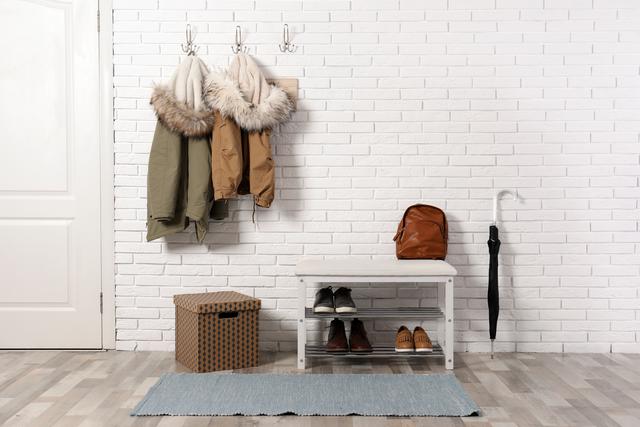
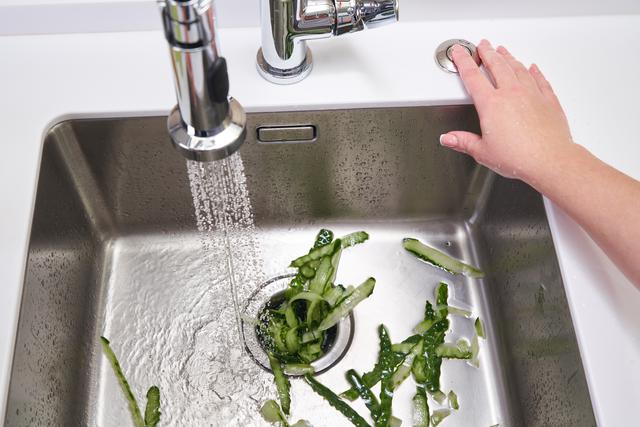
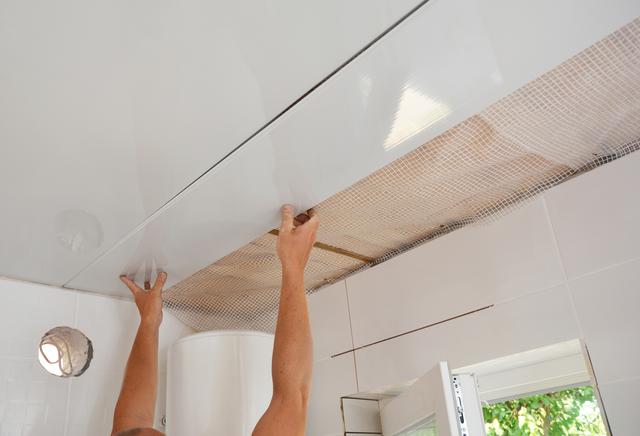
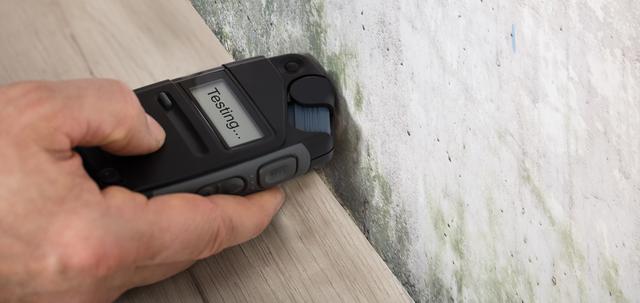
comments